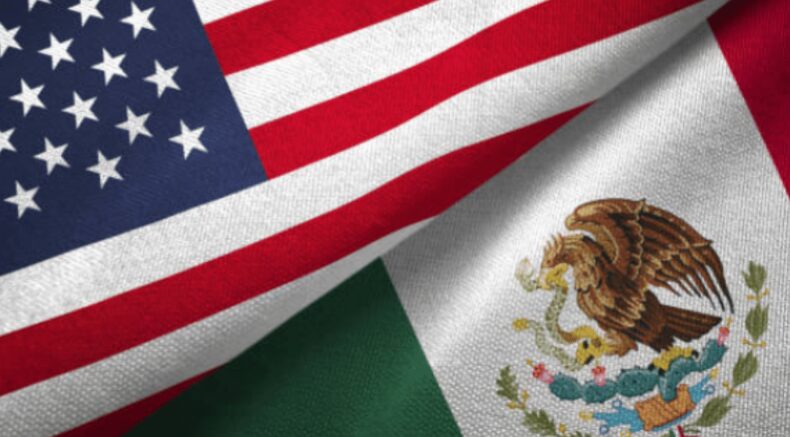On Monday, the Mexican government rejected the possible resumption of the controversial U.S. immigration policy called “Remain in Mexico.”
Table of Contents

The “Remain in Mexico” policy, a Trump-era immigration policy, remains suspended for now. President Joe Biden has sought to end this policy, which requires asylum seekers to wait for U.S. hearings in Mexico.
The U.S. states such as Texas and Missouri have filed lawsuits seeking to keep the policy active. In December, a federal judge blocked the Biden administration’s bid to end the program, stating that the U.S. Department of Homeland Security (DHS) was ineffective in explaining the shortcomings of the policy.
The Mexican government, however, has not stated any reasons for its opposition to the “ Remain in Mexico” policy.
Remain in Mexico Policy

The Remain in Mexico Policy, officially known as Migrant Protection Protocols (MPP) originally started in 2019 under the administration of US President Donald Trump. It was resumed by President Joe Biden on December 6, 2021.
Under this policy, asylum seekers from foreign contiguous territories arriving by land at the Mexico – United States border, first pass a credible screening test by a U.S. asylum officer and are then required to return to Mexico and wait outside the US through the duration of their immigration proceedings.
The reasoning behind this policy was to address the supposed problem of ingenuine asylum seekers. The Department of Homeland Security (DHS) asserted that the system had been corrupted by groundless asylum claims, which then leads to immigrants skipping their court appearances and disappearing in the US. However, this policy received backlash and was termed unnecessary as it puts vulnerable asylum seekers at risk, and violates U.S. and international law.
Implications of Migrant Protection Protocols (MPP)

According to U.S. officials, the “Remain in Mexico” program experienced some success in terms of a reduction in the number of migrants caught illegally crossing the border from December to January.
The Mexican foreign ministry reported that around 74,00 migrants went under the “Remain in Mexico” policy during President Donald Trump’s administration, and this number reduced significantly to 7,500 under the Biden administration.
Activists argue that the Migrant Protection Protocols (MPP), place asylum seekers in grave situations near the dangerous border towns where they face threats of extortion and kidnapping. Many immigration bars have expressed concern that this policy makes the migrants vulnerable and forces them to stay in Mexico for long periods, in turn proving to be an obstacle to their access to counsel.
According to Human Rights Watch, it puts asylum seekers in the face of risks like extortion, kidnapping, and other abuses and violates their right to seek asylum in the United States, further making it difficult for them to assert their asylum claims and posing mental stress risks as they await their proceedings.
Alternatives to the “Remain in Mexico” policy
The Migrants Protection Protocol (MPP) restarted in August 2022 and remains suspended for now.

If the opposition to the policy persists, then U.S. officials are likely to consider changing the location of asylum seekers from Mexico to the United States while their claims are assessed or other arrangements are made for them to leave the country.
Marsha Espinosa, a spokesperson for the U.S. Department of Homeland Security (DHS), was quoted by Reuters as saying that the Biden Administration will maintain its efforts at terminating MPP through the courts. She added, “Our ability to implement MPP pursuant to court order has always been contingent on the government of Mexico’s willingness to accept returns under MPP,
The Biden administration has suggested the alternative of an appointment system to reduce the influx of migrants to the US – Mexican Border as well as to incorporate Cubans, Haitians, Venezuelans, and Nicaraguans in the same system.
Human rights groups have also pushed for the inclusion of other nationalities. Some human rights advocates have suggested including more nations whose residents are seeking to migrate to be included in a U.S humanitarian program via a mobile application called CBP One













